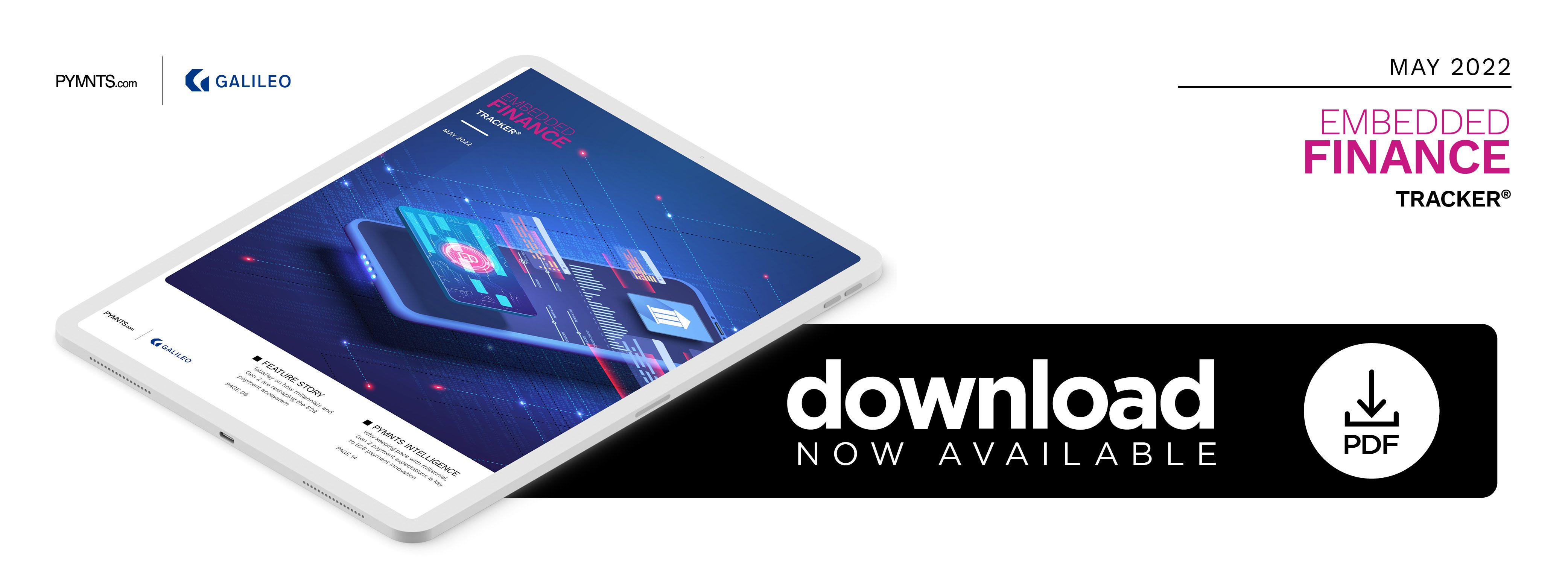PYMNTS Intelligence: How Millennial, Gen Z Payment Preferences Are Driving B2B Payment Innovation Forward

Digital banking volumes have risen swiftly in the pandemic’s aftermath, with consumers and businesses increasingly treating online platforms as their primary banking and shopping channels. One recent study found that 54% of consumers were using digital banking tools more often due to the pandemic, and 49% of consumers surveyed in a recent PYMNTS report were interested in obtaining online banking services from large organizations, including both banks and nonbanks.
Online-only banks are especially attractive to millennial and Generation Z consumers. These digital natives gravitate to neobanks and other technologically innovative providers in large numbers to make payments and conduct their banking. A 2021 report found that of the roughly one-fifth of U.S. consumers whose primary bank is online-only, 29% were bridge millennials or consumers between the ages of 35 and 44. The growing preference for digital banking is also steadily making its way into the business-to-business (B2B) environment. Individuals in these demographics take on decision-making roles at their organizations, bringing their payment expectations with them. A 2020 report estimated that 73% of U.S. millennials in the workforce were involved in making buying decisions at their companies.
This month, PYMNTS Intelligence looks at how millennial and Gen Z payment preferences are influencing B2B payment developments. It also examines how these preferences fuel the impetus to adopt embedded finance solutions in B2B and consumer-facing payment verticals.
Digital Natives Drive B2B Payment Innovation Forward
The pandemic forced businesses across multiple industries to confront the frictions in their B2B payment processes, with remote work rendering manual and paper-based payments difficult or impossible. Businesses tackled the weaknesses in their legacy infrastructure, often spurred by a growing millennial and Gen Z leadership culture at their organizations. One recent study reported that more than 60% of millennials in the workforce are now in management positions, giving them direct influence on and responsibility for their companies’ operations and organizational processes.
At the same time, B2B payment innovation is becoming a top priority for many organizations. Companies are reporting more usage of application programming interface (API) technologies, which enable them to support multiple payment options and tools as well as swifter payments by easily connecting to banks and third-party payment innovation partners. Banks are also eyeing these technologies, with 64% of financial institutions in a recent PYMNTS survey saying they were “very” or “extremely” willing to adopt new technologies to aid the “consumerization” of B2B payments.
Millennial and Gen Z expectations are thus creating key opportunities for today’s banks, as businesses look to innovate their payment processes. Implementing embedded finance for B2B offerings is one way companies could move to match these shifting expectations, especially as younger consumers become more familiar with embedded finance solutions in their everyday lives. Many consumers are becoming increasingly comfortable with the idea of relying on nonfinancial entities to meet their banking and payment needs. One recent study found that 48% of consumers would be willing to use banking services offered through their streaming, internet or wireless providers, and 46% would be interested in using banking services through a national retailer or warehouse store.
Embedded finance is already becoming the next phase in B2B payments. A recent report noted that more than 80% of banks either offer or plan to offer their clients the ability to use their enterprise resource planning systems to access accounts and make payments to suppliers or vendors. The next generation of this development could see banks using APIs to embed more services into their clients’ systems, such as supply-chain finance. While just 6% to 13% of banks currently offer such services, 32% to 46% say they plan to do so in the next three years.
Therefore, keeping pace with this newfound interest in embedded finance must be top-of-mind for today’s businesses and banks. Understanding how millennials and Gen Z consumers use embedded finance and how this could affect what they want as corporate decision-makers are critical as B2B payment offerings evolve. Embedded finance will likely be key to meeting these expectations and fostering greater digital payment innovation.
